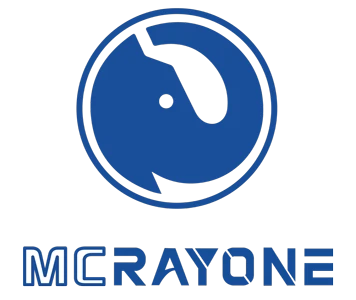African Palm Oil Processing
African Palm Oil Processing
The palm oil production process is divided into three main parts: crushing, refining and fractionation. Crushing is the process of extracting palm oil from the palm fruit. By boiling, crushing, and pressing, people can obtain crude palm oil (CPO) and palm kernel oil (PK) from palm pulp; at the same time, during the pressing process, the palm fruit (i.e., palm kernel) will be separated and then pressed and removed. The remaining kernels will be squeezed to obtain crude palm kernel oil (CPKO) and palm kernel meal (PKE).
The fruit of the oil palm contains two different oils, one is the palm oil in the pulp; the other is the palm oil in the pulp. The other is palm kernel oil from palm kernel, the first of these two oils is the most important. All these products are effectively used in food, chemical and agricultural applications. It can be said that palm is a good economic crop.
On the other hand, refining and fractionation are deep processing processes of palm oil, which can produce high-quality palm oil. After the above-mentioned primary extraction stage, crude palm oil and crude palm kernel oil are sent to a refinery for refining. After removing free fatty acids, natural pigments and odors, they are converted into an oil suitable for salads: refined palm oil (RBD PO). ) and palm kernel oil (RBD PKO). Refined palm oil is almost colorless and transparent in liquid state and almost white in solid state. Palm oil fatty acid distillate (PFAD) is a by-product of the fractionation process of refined palm oil (RBD PO).
In addition, according to the needs of different users, palm oil can also be fractionated and processed to form liquid palm oil (RBD palm oil for short) and palm stearin (RBD palm stearin for short). Oil palm fruits contain a lot of lipolytic enzymes, so the harvested fruits should be processed in time or fermented to kill them. Palm crude oil easily hydrolyzes itself, producing more free fatty acids and a rapid increase in acid value, so it must be refined or fractionated over time.

Extraction of crude palm oil (CPO)
- Sterilization: Achieved by "pressure cooking" the FFB in an autoclave, at a pressure of approximately 3 kg/cm2 (45 psi), or an equivalent temperature of approximately 130°C, for approximately one hour.
This process reduces the moisture content of the bunch and loosens the fruits. Sterilization also deactivates enzymes and therefore stabilizes the quality of the oil in terms of free fatty acid (FFA) development. During the process, the mucilage also hardens and the palm kernels shrink, causing them to detach from the shell.
- Separation: The fruits are separated from the bunch by threshing.
- Pressing: The extraction of crude palm oil (CPO) from the fruit is a mechanical process. First of all, the digestion of the fruits is necessary, which is achieved through mechanical agitation, which causes the cells that contain the oil to decompose so that they can then be subjected to pressing. In modern plants, pressing is carried out in a continuous type screw press. The crude oil is collected and sieved to reduce larger solid particles.
- Clarification: The first stage of separating oil from water, solid fruit particles and dirt, consists of natural decantation. You can get more oil from the resulting mass by adding more hot water. The decanted oil is filtered and then centrifuged to complete the separation, and finally dried in a vacuum dryer.
- Recovery of palm kernels: After pressing, the nuts remain in the fiber. There are several methods to achieve their separation. The most common is the pneumatic system, according to which the fiber is transported in air currents. The nuts are then cracked, with the help of drying, and then thrown against a nutcracker ring inside a centrifuge. The separation of the shell and palm kernel depends on a difference in densities, either in a specially prepared water-clay suspension, or in centrifugal devices (hydrocyclones).
- Quality: Requires adequate drying and separation and this point is analyzed in the next section.
- Losses: The separation of oil and palm kernel from waste cannot be perfect.The presses must be adjusted correctly, otherwise there may be excessive oil losses, or otherwise, the nuts may crack and be lost (while introducing lauric acid into the palm oil). Centrifuges must be properly maintained and adjusted, while palm kernel separating equipment requires precise regulation.







